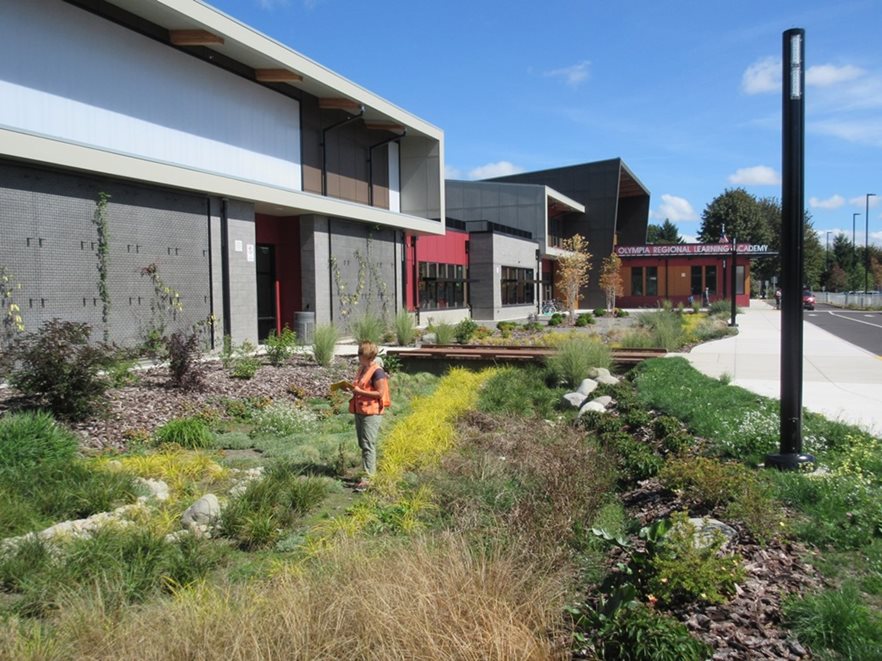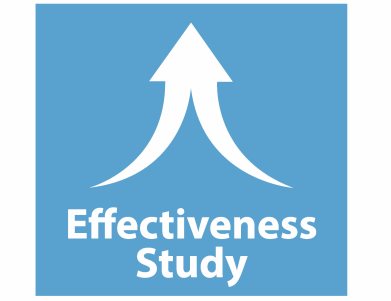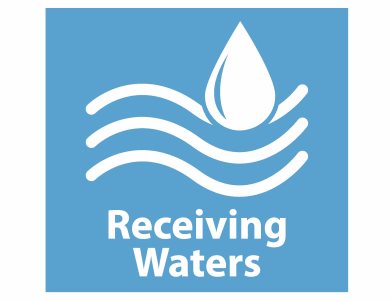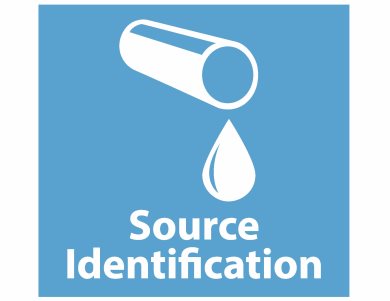
A stormwater bioretention facility in Olympia.
As the rains have returned to Washington and stormwater is flowing, we're reminded of the important role stormwater management plays in keeping rivers, streams, lakes, and Puget Sound clean. Ecology has municipal stormwater permits for the state’s most populated cities and counties. The permits are aimed at reducing stormwater pollution at its source, treating it, and controlling volume and flow, so that cleaner stormwater is entering local waterways.
Meet SAM, Washington’s Stormwater Action Monitoring Collective
One of the most innovative parts of Washington’s approach to stormwater management is the Stormwater Action Monitoring (SAM) Collective. Since its start nearly a decade ago in 2014, SAM brings together municipal stormwater permittees from the state’s most populated cities and counties to collaborate on stormwater monitoring and management. SAM's goal is to improve stormwater management in Washington.
We are currently in the process of soliciting and assessing proposals for the fourth round of funded studies. Several new studies will begin in 2024. Keep reading to learn more about SAM’s successes and join our email list to stay in touch with SAM and future studies.
To help improve stormwater management, SAM runs three types of studies:

Effectiveness studies measure the impact of stormwater management actions to determine what works and what doesn't.
Source identification studies, we’re learning which actions are successful in preventing illicit discharges and reducing pollutants to stormwater.

Long-term regional status and trends monitoring studies, we’re learning whether our collective stormwater management actions are improving streams and marine waters.
How does SAM work?
Municipal stormwater permittees choose to join SAM and pay into the collective fund. The Stormwater Work Group (SWG), a formal stakeholder group, makes decisions on how to spend these pooled funds. We partner with other agencies and stormwater professionals to conduct Best Management Practice (BMP) effectiveness studies, source identification studies, and monitor the status and long-term trends of water quality. Ecology has two staff members dedicated to implementing SAM. The Pooled Resources Oversight Committee, a subgroup of the SWG, oversees Ecology's administration of SAM.
All stormwater permittees benefit from SAM
SAM was created with the understanding that through a collective effort, we can improve stormwater management actions to better protect and restore Washington’s waters. No other permit-driven monitoring program in the state is defined and funded by permittees. Permittees are critical to selecting relevant studies and ensuring results are actionable. SAM studies address important permit-related topics, like designing and retrofitting stormwater facilities, reducing tire wear particles (including 6PPD) and PCBs, and improving local business inspection programs. All jurisdictions — large and small —benefit from SAM projects that produce regionally transferable findings. This means that all permittees can implement SAM findings to protect downstream waters such as lakes, streams, and bays.
SAM's source identification studies are focused on learning which actions by permittees and businesses are successful in preventing illicit discharges of pollutants to stormwater.
- Source Control & Inspection Program Guidance – In 2019, Ecology required Municipal Stormwater Phase II permittees to develop and implement a source control business and site inspection program. A 2023 SAM study developed a Source Control Inspection Program Guidance Manual and training program. The guidance manual and training resources are available online at no cost, providing access to municipal stormwater staff and other stormwater professionals in the region.
How does SAM support the Municipal Stormwater Permits and Stormwater Manuals?
Stormwater managers, field practitioners, and Ecology use SAM findings to improve stormwater management practices and to set project and funding priorities. Below are some of the study observations and recommendations adopted by Ecology from SAM projects completed during the 2019-2024 municipal stormwater permit cycle. For the full list of recommendations adopted by Ecology see the 2024 permit fact sheet:
- Coho Toxicity Prevention by Bioretention – Since 2014, SAM has funded Washington State University’s coho salmon research team to further the science on treatment potential of bioretention soils to reduce toxicity to coho salmon and improve other aquatic life indicators. Results showed the most commonly used bioretention BMP soil mixture — 60% sand and 40% compost (the default mix) — helps prevent pre-spawn mortality in adult Coho salmon and eliminate toxic impacts to Coho embryos. With this new information, we continue to support installation of bioretention facilities using the default mix to treat urban roadway runoff.
-
Bioretention soil mix reduces PCBs in stormwater – A 2020 SAM study found that the default bioretention soil mix was highly effective at removing even low concentrations of polychlorinated biphenyls (PCBs) from stormwater. This study provided much needed information about the successful treatment and reduction of low-level PCBs carried by stormwater. Finding no buildup of PCBs in the soil mix is promising. With this new information, Ecology can confidently support installation of bioretention facilities using the default mix to treat stormwater runoff from urban mixed-use land uses.
-
New bioretention soil mix blend reduces phosphorus and other pollutants – In a 2020 SAM project, researchers tested alternative bioretention soil mixes and found one that successfully reduced phosphorus as well as suspended solids, copper, and zinc. This alternative bioretention soil mix also prevented acute toxicity to aquatic organisms. Ecology published the high performance bioretention soil mix specifications from the SAM study recommendations in 2021, and the Stormwater Management Manuals now allows the use of this soil mix for all bioretention facilities, including near phosphorus-sensitive surface waters where the default mix is not allowed.
-
Mixed results at a regional stormwater facility retrofit – A 2019 SAM study evaluated the individual performance of two new bioretention facilities and an expanded wetland complex, and the performance of the three facilities working together. Researchers found that the facilities reliably decreased stormwater flows by reducing and delaying the timing of peak flows. The bioretention facilities and the wetland complex were able to treat some targeted pollutants but not others. We updated technical guidance in the Stormwater Management Manuals to recommend against additional soil media depths in bioretention due to the export of nutrients.
Looking at long term trends in stormwater management
SAM conducts long-term regional status and trends monitoring studies to learn how collective stormwater management actions are improving streams and marine waters. We do this by collecting data on biological, chemical, and habitat conditions from small streams and testing mussel tissue for pollutants in Puget Sound and urban streams in the Lower Columbia.
Evaluating a trend takes multiple years of monitoring, and we’re already learning about a few results from our first round of monitoring (2015-2018). For example:
- In streams, watershed tree canopy cover explained most of the health of benthic invertebrate communities, even more so than riparian canopy, the amount of urban development in the watershed, or pollutant concentrations in the streambed sediment.
- In the nearshore waters, concentrations of organic contaminants (PAHs, PCBs, PBDEs, and DDTs) in mussels along city shorelines were consistently higher than in the unincorporated areas of the shoreline and highly correlated with impervious surface at the watershed scale.
SAM video on What we learned.
Adaptively managing and looking to the future
Since beginning in 2014, SAM has funded 22 effectiveness studies that refine our knowledge of BMP performance, five source identification projects that help permittees build and improve their local stormwater programs, and four trend programs that Ecology uses to evaluate whether the overall permitting program is slowing or reversing the decline in receiving water quality due to urbanization.
SAM’s early successes are due to sustained commitment by jurisdictions’ stormwater staff to committee work that keeps SAM focused on topics most relevant to stormwater management actions and activities.
By learning together, we can achieve far more than by funding studies individually. We all benefit by answering regionally relevant stormwater questions. Our understanding, and our responses to improve and manage stormwater, are coming faster and more efficiently than before SAM.


